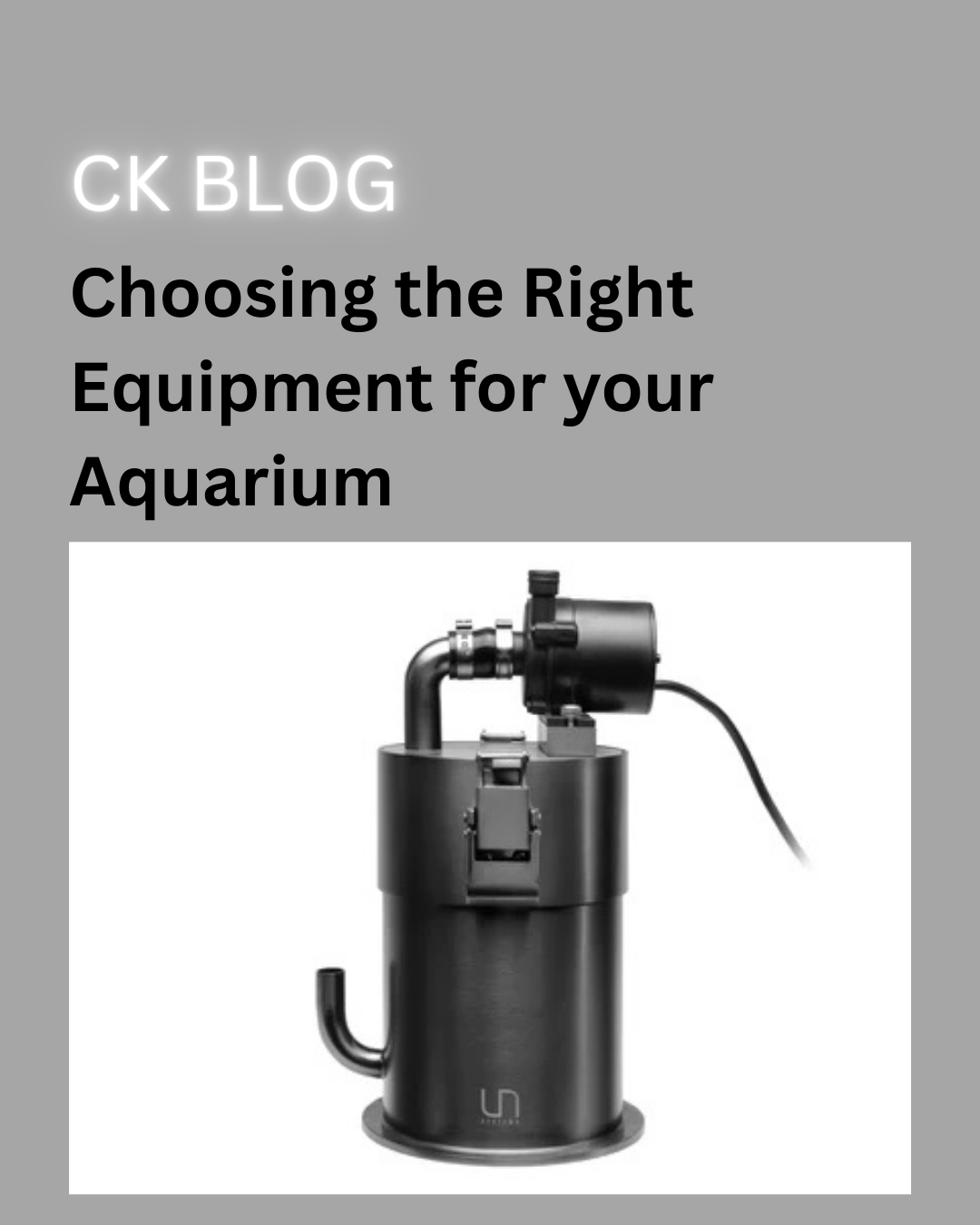This offer is valid for online purchases only, not valid at in-store location.
offer valid from November 27, 2025 12:00am (PST) - December 2, 2025 12:00am (PST)

Setting up an aquarium is an exciting experience, but choosing the right equipment can be overwhelming—especially for beginners. Whether you're planning a freshwater or saltwater tank, having the proper gear is essential for keeping your fish and aquatic life healthy.
In this guide, we’ll break down the essential equipment you need and help you make the best choices for your aquarium.

The first step is selecting the right tank size.
Freshwater Tanks: Easier for beginners; smaller tanks (10-20 gallons) work well for community fish like tetras or guppies. Larger tanks (30+ gallons) are better for bigger fish like cichlids.
Saltwater Tanks: More complex; beginners should start with at least 20-30 gallons. Larger tanks (40+ gallons) are more stable for marine fish and corals.
Pro Tip: Bigger tanks are more forgiving with water parameter fluctuations.

A good filter keeps the water clean and removes harmful waste.
Hang-On-Back (HOB) Filters – Easy to use, great for beginners.
Canister Filters – Powerful, ideal for larger tanks.
Sponge Filters – Gentle, perfect for fry (baby fish) and shrimp tanks.
Protein Skimmers – Essential for removing organic waste in reef tanks.
Sump Systems – Provide extra filtration and hide equipment.
Pro Tip: For reef tanks, a protein skimmer is highly recommended.

Most tropical fish need stable water temperatures.
Freshwater: 72-82°F (depends on species). Use an adjustable heater (5 watts per gallon).
Saltwater: 75-80°F. A reliable heater with a built-in thermostat is crucial.
Always use a separate thermometer to monitor temperature accurately.

Lighting affects fish behavior and plant/coral growth.
Low Light – Good for basic fish tanks.
Medium-High Light – Needed for live plants (LED plant lights work well).
Fish-Only Tanks – Standard LED lighting is sufficient.
Reef Tanks – Require strong, full-spectrum LED or T5 lights for corals.

Gravel/Sand – Inert substrates work for most fish.
Planted Tanks – Nutrient-rich substrates help plants thrive.
Live Sand – Contains beneficial bacteria.
Aragonite Substrate – Helps maintain pH in reef tanks.
Decorations: Rocks, driftwood, and caves provide hiding spots. In saltwater, live rock is essential for biological filtration.

Regular water testing prevents problems.
Freshwater: Test for ammonia, nitrite, nitrate, pH, and hardness.
Saltwater: Also check salinity (hydrometer/refractometer), calcium, and alkalinity.
Pro Tip: Perform weekly water changes (10-20%) to keep water clean.
Wave Makers/Powerheads – Improve water flow for corals.
RO/DI Water Filter – Ensures pure water for mixing salt.
Auto Top-Off System – Maintains stable salinity by adding freshwater as needed.
Choosing the right equipment makes a huge difference in your aquarium’s success. Freshwater tanks are generally easier and cheaper to set up, while saltwater tanks require more investment and maintenance.
By understanding the essentials—tank size, filtration, heating, lighting, and water quality—you’ll create a thriving aquatic environment for your fish, plants, or corals.
Please leave your thoughts and comments below!!
If you have any additional questions regarding this article please reach out to us via Facebook or at info@ckfishworld.com
Become an email subscriber and unlock 10% off your first order. Be the first to know on all discounts, deals, & specials going on at CK Fishworld.